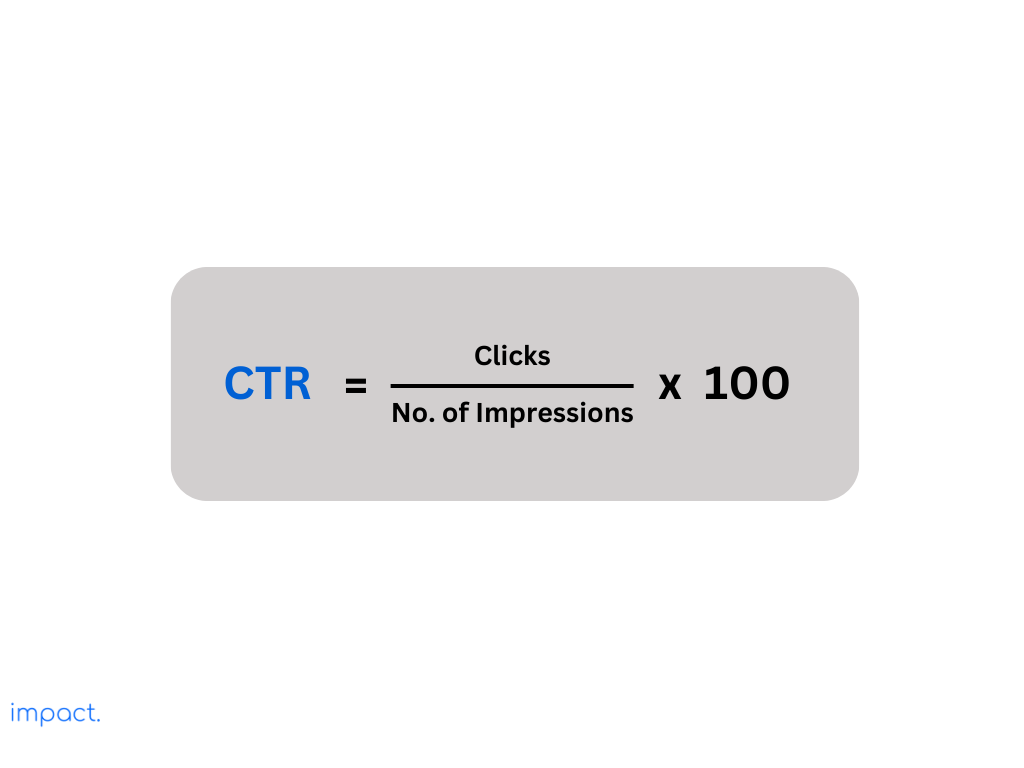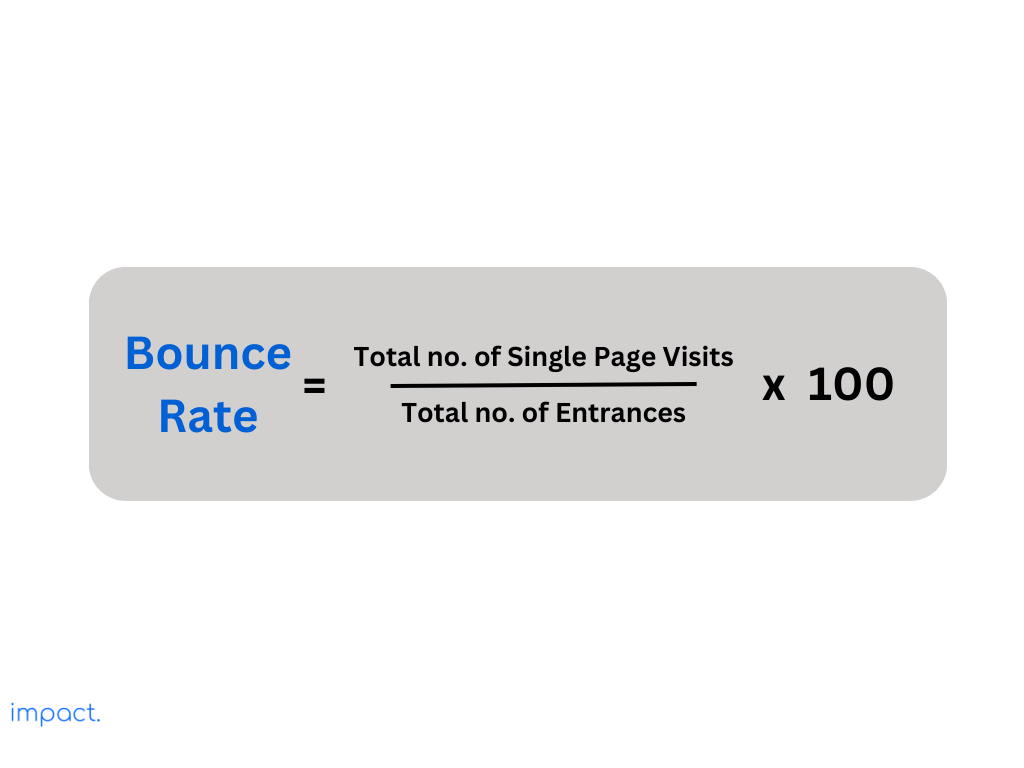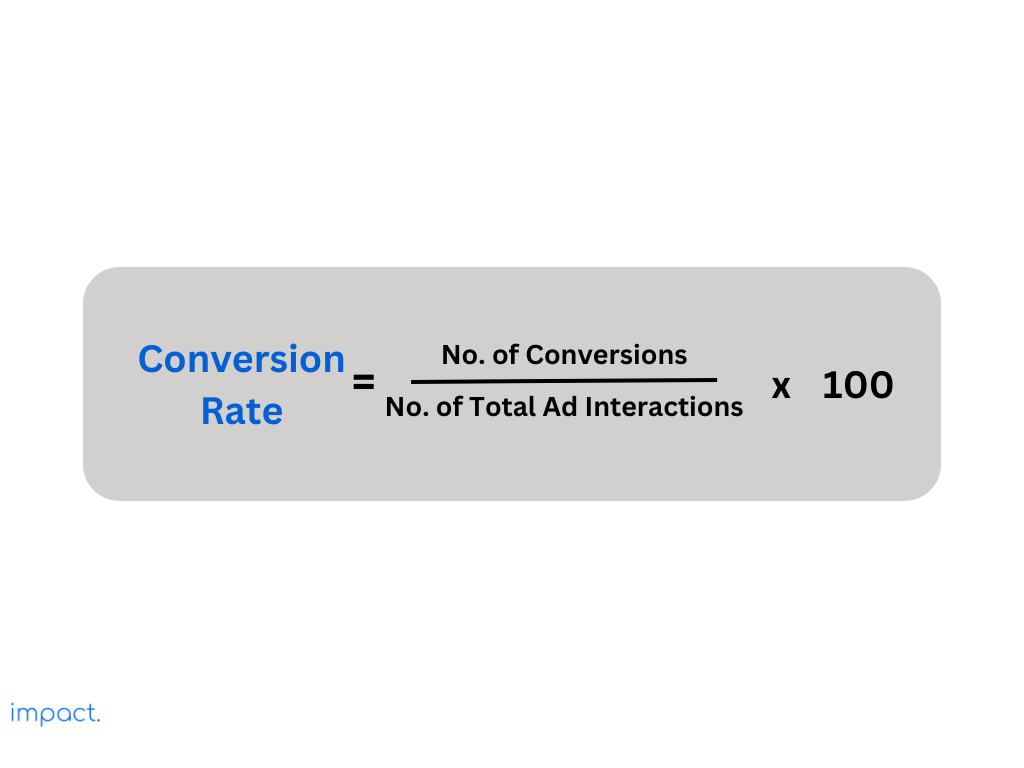Kanban: Definition, 6 Rules, and its Benefits
Kanban is a crucial part of the Just in Time (JIT) system, which we discussed…
Sean Thobias
May 17, 2025In the previous chapter, we talked about off-page SEO and how to build links effectively. Now, let’s focus on something just as important: measuring SEO performance and understanding key metrics that show how well your efforts are working.
SEO is not just about doing on-page and off-page optimizations; you also need to measure how well your SEO is doing. Tracking these metrics helps you find areas where you can improve, make decisions based on data, and improve your website’s visibility, organic traffic, and conversions.
In this article, we’ll explore how to evaluate your SEO performance and discuss eleven important metrics that every SEO practitioner should know. We’ll explain why these metrics matter and how they can help you make your SEO strategies better. By the end, you’ll understand the metrics to track and the insights they provide to improve your SEO.
Read more: SEO Fundamentals: Key Definitions & 4 Best Practices
SEO isn’t a sprint but rather a marathon. Therefore, Evaluating your SEO performance is crucial for determining the effectiveness of your optimization efforts and making improvements where necessary. Here are four steps to help you evaluate your SEO performance:
To evaluate your SEO performance, begin by setting clear goals. Make sure your goals are specific and measurable. For example, you aim to increase the number of people visiting your website from search engines, improve your rankings for important keywords, or increase the number of visitors who take a desired action, such as purchasing or filling out a form. Setting these goals will give you a target to aim for and help you track your progress.
It’s important to watch certain numbers that tell you how well your website is doing. These numbers are called metrics. Some important metrics in SEO include organic traffic, keyword rankings, click-through rates, bounce rates, and conversion rates.
Regularly monitoring these metrics over time allows you to spot trends and patterns that show whether your SEO strategies are working. In the following section, we will provide more detailed information about each of these metrics and how to use them to evaluate your SEO performance effectively.
To assess and monitor your SEO progress, comparing your website’s performance to your competitors is crucial. Look at where your website ranks in search results, how often your keywords appear, and how you’re doing online.
This comparison helps you see where your competitors are doing better. It gives you ideas on how to improve your SEO strategies. By studying what they’re doing right, you can make changes to improve how visible your website is and get better rankings in search results.
Finally, the last thing to do is to use the insights gathered from monitoring and analysis to make data-driven adjustments to your SEO strategies.
Take note of what’s going well and keep building on those successes. For areas that need improvement, make specific adjustments like improving your website content, choosing better keywords, making your site faster, or improving the experience for your visitors. Monitor the impact of these changes by monitoring the related metrics regularly.
When it comes to measuring your search engine optimization (SEO) efforts, there are specific metrics that can give you valuable insights. These metrics help you understand how well your website performs in visibility, organic traffic, user engagement, and overall SEO success. Here are the eleven key metrics you should pay attention to:
Organic traffic is when people visit your website through search engines without payment. It shows how well your website appears in search results and tells you if your SEO is working. It’s important to remember that an increase in organic traffic doesn’t necessarily translate into higher sales.
To track organic traffic, you can use tools like Google Analytics. This tool gives you detailed information about the number of visitors who found your website through organic search.
CTR is a way to determine how many people click on the link to your website when they see it in search engine results. It helps you understand how well your keywords, ads, and free listings are doing by showing how often people click on them. If your website has a high CTR, many people click on your link after seeing it in search results.
Here’s how you can calculate CTR:

The bounce rate shows the percentage of visitors who leave your website after only viewing one page without doing anything. Although it doesn’t affect your ranking, a high bounce rate may indicate problems with specific pages or your entire website.
However, you shouldn’t obsess over the bounce rate for these three reasons:
The formula to calculate bounce rate:

This SEO metric is the percentage of website visitors who do what you want them to do, like buying something or filling out a form. It shows how well your website turns visitors into customers or leads.
Here’s how Google calculates this metric:

Engagement time, or time on page, measures how long visitors interact with your website’s content. It tells you if your content matches what users are searching for.
Longer engagement time means visitors find your content valuable and engaging, showing a positive user experience. Conversely, a short time on a page suggests a disconnect between what the user wants and what your page offers.
To track engagement time on your website, you can use tools like Google Analytics. It provides metrics for average session duration.
When a user starts a new session, Google Analytics begins recording the time in milliseconds. This time is sent to Analytics when any of the following actions occur:
Keyword ranking indicates where your website stands in search engine results for certain words or phrases. Higher rankings mean more visibility and organic traffic because people tend to click on websites at the top of search results.
However, keyword rankings can change often due to various reasons. For example, Google might update its algorithm, you could lose backlinks, or your competitors may publish new content. That’s why keeping an eye on your SEO rankings is crucial.
You can utilize SEO tools like SEMrush or Ahrefs to monitor your keyword rankings. These tools offer features that allow you to track your keyword rankings.
Read more: Mastering Keyword Research in 8 Steps
Backlinks are links from other websites that lead to your website. They show search engines that your site is trusted and authoritative, which can improve your search rankings. Google considers backlinks a crucial factor in determining the credibility and value of your site.
You can use tools like Ahrefs, Semrush, or Moz to keep track of your backlinks. These tools provide valuable information about the links pointing to your website.
It’s important to consistently work on acquiring high-quality backlinks for your site. Here are some popular strategies you can use:
One way to measure SEO involving backlinks is by looking at referring domains. Think of referring domains as online signposts that guide people to your website. When other websites link your site, they create these signposts. Each separate website that links to you counts as a referring domain.
Referring domains matter because when other websites link to yours, search engines view your site as more reliable and significant. They can help your website appear higher in search results.
While referring domains and backlinks are related, they’re not the same. Referring domains count the number of different websites that link to yours. Even if one website often links to you, it’s still considered one referring domain.
On the other hand, backlinks are the individual links that connect one website to yours. Simply put, if five websites have two links pointing to your website, you would have five referring domains and ten backlinks.
Read more: 5 Effective Off-Page SEO Strategies for Building Authority
A website health score is a way to evaluate the overall condition of your website in terms of technical aspects and SEO-related factors. It gives you an idea of how well your website optimization is for search engines and user experience.
The great thing about the health score is that it shows you any changes compared to previous evaluations, including specific errors that affected the score. A high website health score means your website is well-optimized, leading to better visibility on search engines and a positive user experience.
Various SEO auditing tools assess different aspects of your website to calculate the health score. These tools look at factors such as how fast your site loads, how friendly it is for mobile devices and any technical SEO problems it might have.
When search engines can’t crawl or index certain pages on your website, it’s an index coverage error. Fixing these errors is important because it helps search engines find and show your website’s pages in organic search results.
Google may deindex or delay indexing your pages for various reasons. Since index coverage errors often occur unintentionally, it’s crucial to be aware of them and fix any issues.
You can use Google Search Console to identify and resolve index coverage errors. This tool provides detailed reports on problems related to crawling and indexing.
Page speed is how fast your web pages load for people visiting your website. When your pages load quickly, it makes the user experience better. It reduces the number of people leaving your site right away. It can also positively impact how search engines rank your website.
You can use tools like Google PageSpeed Insights or GTmetrix to check your page speed. These tools will give you information and suggestions for improving page loading times.
Read more: Technical SEO: Definition and 7 Key Steps to Take
Now that you understand the important metrics for measuring and tracking SEO performance, it’s time to explore the available tools. These tools come in handy for assessing various aspects of your website’s visibility, rankings, and traffic. Here are some commonly used options for measuring SEO performance:
Google Analytics is a free and popular web analytics tool that gives detailed information about your website’s visitors, what they do on your site, and whether they convert into customers. It helps you track how much traffic you get from search engines, which keywords drive that traffic, and how engaged your users are.
Having a fast and functional website is important for SEO. If your website is slow to load, hard to navigate, or has many errors, people won’t want to stay on it. Luckily, Google has a tool called Google Search Console to help you find and fix these issues. By using this tool, you can improve your search ranking.
Google Search Console provides useful information about how your website appears in Google search results. It tells you how many times your website appears in searches, how many people click on it, and the rate at which people click through to your site. It also helps you find and fix any problems with how Google crawls and indexes your site. On top of that, it provides an analysis of the keywords that are driving traffic to your site.
Google Trends is a useful tool that lets you check how popular certain keywords or topics are and how often people search for them. It can help you spot trends at specific times of the year, assess how well certain keywords are doing, and gain insights into how people search for things.
Google PageSpeed Insights (PSI) is a tool from Google that checks how fast your website loads on computers and mobile devices. It gives you tips on how to make your site more quickly and better for users. After testing your site, PSI gives it a score between 0 and 100. The higher the score, the faster and more efficient your website is. PSI also gives you suggestions on how to make improvements.
Ahrefs is a helpful tool for improving your website’s search engine optimization (SEO). It offers a range of features like keyword research, backlink analysis, competitor analysis, rank tracking, and site audits.
With Ahrefs, you can see important information about your website, such as backlinks, keywords, and page performance, all in one place. It’s useful for tracking your SEO over time and making smarter decisions about your content.
SEMrush is a comprehensive SEO tool offering various features to enhance your website’s performance. With SEMrush, you can conduct keyword research, analyze backlinks, audit your site, and track your rankings. It also provides valuable insights into your competitors’ strategies.
The tool makes it simple to discover, monitor, and utilize keywords, track your backlinks, and compare your SEO with your competitors. Additionally, you can obtain keyword reports to assess whether your website has gained or lost rankings for specific keywords.
Mom offers various SEO tools, including keyword research, link analysis, rank tracking, and on-page optimization. They provide metrics like Domain Authority (DA) and Page Authority (PA) to assess website strength.
Moz aggregates SEO information into a paid dashboard and offers free tools for keyword checking, measuring SEO performance, and providing daily updates through MozCast. Their Google Algorithm Update History explains major shifts in SEO performance due to algorithm changes.
GTmetrix is an excellent tool for checking how well your website is doing in terms of SEO. It focuses on website speed and performance. With GTmetrix, you can find out how fast your website loads, its pages’ size, and other essential performance details.
GTmetrix examines your site’s performance and suggests ways to make it better. For example, optimize your images, use browser caching, or reduce the time it takes for your server to respond. GTmetrix also gives you helpful charts and historical data to see how your site’s performance has changed.
Screaming Frog is a helpful tool for website owners and marketers to see how well their sites are doing on search engines. It finds problems that need fixing to make your site show up better on Google and others.
It’s also great for conducting technical site audits. The tool looks through everything and finds broken links, duplicate content, and slow pages. It checks how your site is set up, like the main words and the maps for search engines. It even looks at how well your site works on phones, whether it’s secure with HTTPS, and whether the web addresses work correctly.
This article emphasizes the importance of measuring SEO performance and understanding key metrics to assess your efforts’ effectiveness. You should track specific metrics that provide valuable insights to evaluate your SEO performance.
These metrics help you measure how well your website is doing regarding visibility, organic traffic, user engagement, and overall SEO success. By paying attention to these key metrics, you can use data to make informed decisions and improve your website’s performance.
Remember, SEO is an ongoing process that requires continuous evaluation and adjustment. It’s important to be proactive and adapt to the ever-changing digital landscape. Understanding and using these key metrics can improve your website’s visibility, attract organic traffic, and achieve your SEO goals.
Impact Insight Team
Impact Insights Team is a group of professionals comprising individuals with expertise and experience in various aspects of business. Together, we are committed to providing in-depth insights and valuable understanding on a variety of business-related topics & industry trends to help companies achieve their goals.
See how our ERP provides better value.
Speak with our consultant to explore how we can improve your accounting, processes, and people.
